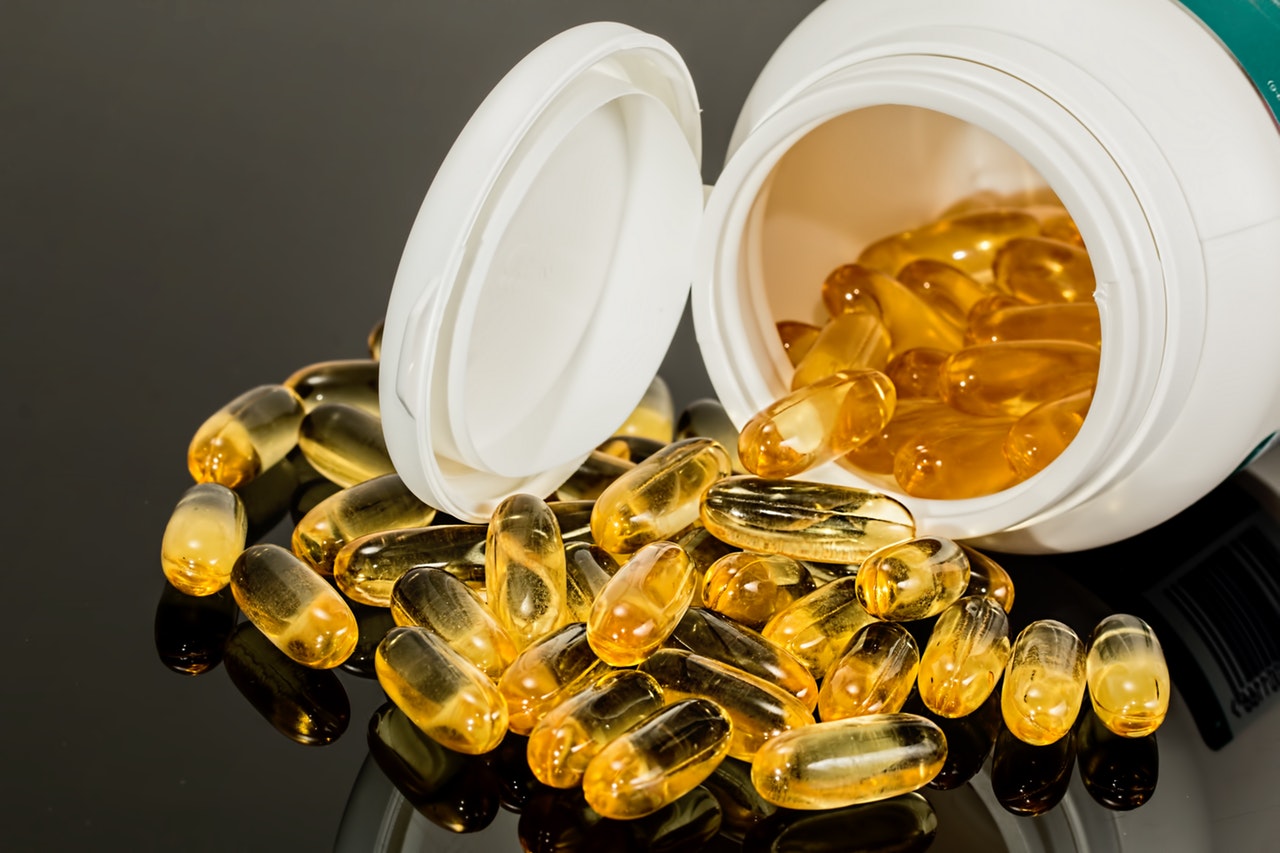
If you are an athlete competing in a drug tested sport, you are probably already aware of the potential for supplements to be tainted or contain unlisted ingredients. But beyond those surprise ingredients causing a failed drug test, what are the other dangers of this poorly regulated industry?
Should the general public be concerned, even if they aren’t subject to peeing in a cup every few weeks?
It’s ironic that products marketed to aid us in our journey towards health and fitness are some of the least strictly regulated products consumers have access to. The problem is that some of these supplements fall between drugs and food in the eyes of governing bodies.
In Canada, those “in-between” products get classified as Natural Health Products (NHPs). Although Health Canada does boast some of the most restrictive guidelines for bringing NHPs to market, the market growth over the past decade (particularly online) has caused regulations to fall behind.
According to consumer reports, in the US “The Food and Drug Administration (FDA) found between 2007 and 2016 that 776 dietary supplements from 146 companies contained prescription drugs, some of which pose significant dangers to consumers.”
So, the answer to our previous question, if the general public should be concerned, is yes. Unlisted substances that have been found in sport supplements sold in North America over the past 10 years include prescription drugs, banned or untested chemicals, and steroids.
So how can consumers protect themselves?
Follow the example of your favorite athletes! Some of the most knowledgeable people regarding this issue are the ones with the most to lose. From UFC fighters to Olympic weightlifters, these athletes understand that one tainted supplement can result in major loss of opportunities, money and reputation.
Endorsements to look for on product packaging are ‘USP Verified’ and ‘BSCG’ (Banned Substances Control Group). Another excellent resource is the World Anti-Doping Agency’s prohibited list.



